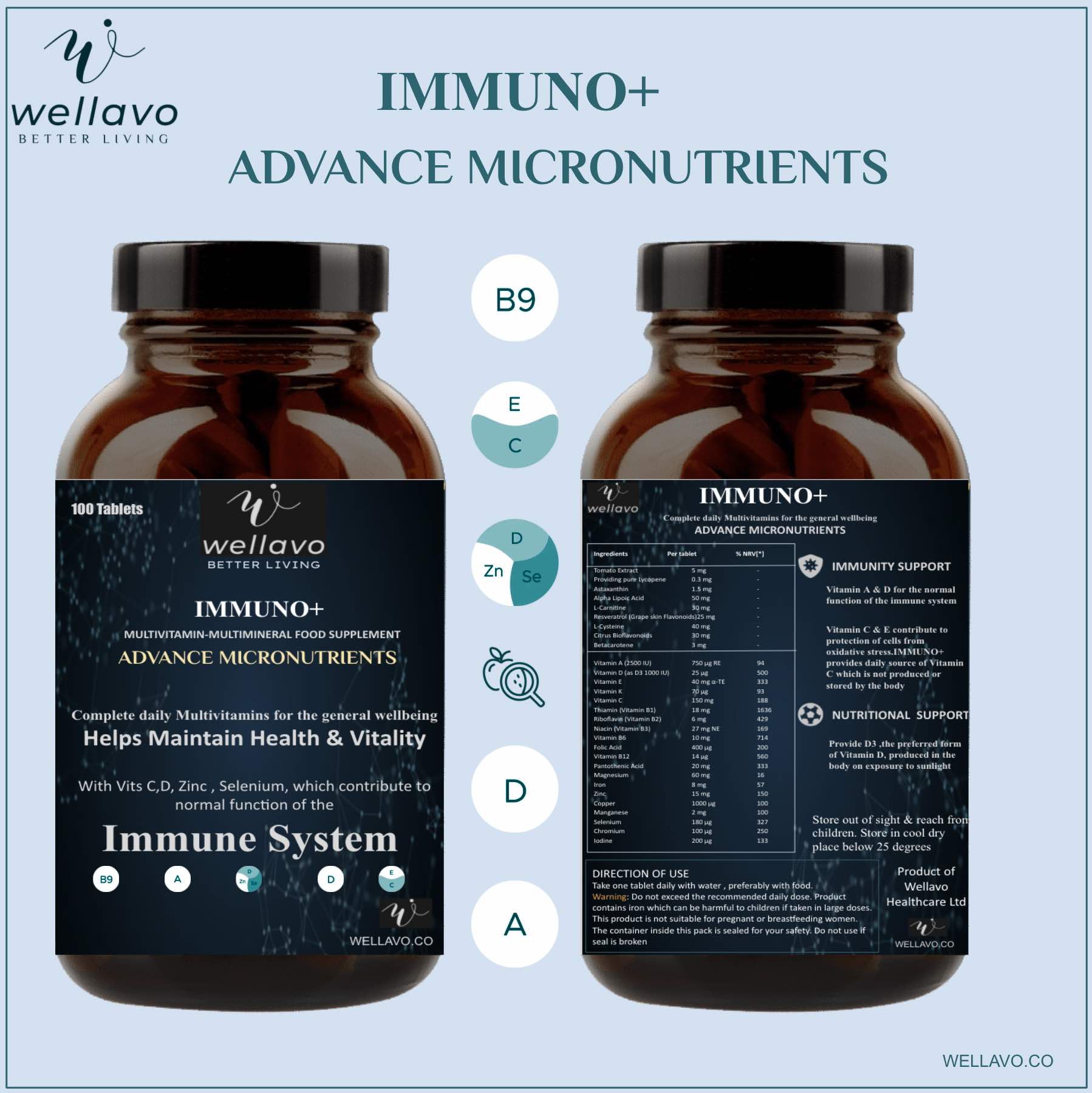Butter contains milk fat, water and milk solids whereas clarified butter or ghee is made out of unsalted butter and ghee does not contain any milk solids and water. In addition to this, ghee is extensively used in India and is added to almost all food preparations. Furthermore, ghee has been utilized for thousands of years in Ayurveda as a therapeutic agent.
Important Note
The difference provided here is between Cow’s Ghee (also called DESI GHEE and Clarified Butter) and Butter.
Vanaspati Ghee (also called Vegetable Ghee and DALDA GHEE) is hydrogenated refined oil, so it is entirely different thing and unhealthy food because of high content of Trans Fats.
Vanaspati Ghee (DALDA GHEE) is often associated with an increase in the risk of heart diseases and altered lipid profile. But it should be noted that increased use of Vanaspati Ghee (DALDA GHEE), which contains 40% trans fatty acid is associated with health disorders such as insulin resistance and psychosocial stress, not the Cow’s Ghee. In addition to this, higher intake of foods that contain Trans Fatty Acid is linked to increased risk of cardiovascular diseases.
Thus, cow ghee is healthy food and contains only about 2 to 3% Trans Fats. Cow’s Ghee is the purest form of ghee, so it is safe to consume.
Differences Based on Health Effects
Serum cholesterol levels
Ghee (clarified butter): Research has shown that ‘pure ghee’ may have a positive effect on serum cholesterol levels. 10% ghee as a source of fat in the diet may lower total cholesterol levels, LDL cholesterol (also known as bad cholesterol), VLDL cholesterol (bad cholesterol) and triglyceride levels. This may be possible because ghee contains conjugated linoleic acid, which has shown to decrease serum LDL levels. Furthermore, ghee has also shown to increase the excretion of bile constituents and thus lowered serum cholesterol levels.
Butter: On the other hand, research has found that butter may increase total cholesterol as well as LDL cholesterol levels.
Therefore, ghee is a healthier option as compared to butter for healthy individuals as well as for people with altered lipid profile.
Cardiovascular diseases
The incidence of death due to cardiovascular diseases is increasing daily. Therefore, it is important to restrict foods that are unhealthy and cause damage to the heart.
Butter: Small evidences have showed that butter may increase the risk of heart diseases. A total cholesterol level is an important marker for the risk of cardiovascular diseases. Higher the cholesterol levels, greater is the risk of cardiovascular diseases. Butter has shown to increase both total cholesterol levels and inflammatory markers, which in turn increases the risk of heart diseases.
Ghee: Ghee has shown to reduce the risk of heart diseases. A diet containing 10% of fat as ghee has shown to increase the serum levels of oleic acid. Such an increase enables LDL to resist oxidation, which in turn prevents plaque formation and reduces the risk of atherosclerosis.
Lactose free
Lactose intolerance is a medical condition in which a person cannot tolerate intake of foods containing lactose. Lactose is a sugar, which is present in dairy products.
Butter: As butter contains milk solids, an individual with lactose intolerance cannot consume butter.
Ghee: Whereas, ghee does not contain milk solids (during the process of clarification, milk solids are removed), which makes it lactose free and safe for consumption for individuals with lactose intolerance.
Note: If a person with lactose intolerance is extremely sensitive, ghee may not work for him. However, if there are any symptoms present after ghee is consumed please consult your health-care provider.
Difference Based on Characteristics
Shelf life
The shelf life of ghee is better than butter. As ghee does not contain water, it is more stable and can be stored easily in an airtight container.
Unlike butter, ghee does not require refrigeration. It can be kept safely without any alteration in its taste, flavor and color for 6-8 months at ambient temperatures.
In addition to its low moisture content ghee also contains phospholipids, antioxidants and low acidity level that contributes to the extension of its shelf life.
Furthermore, as compared to butter, ghee is made at a higher temperature that kills most of the bacteria and microorganisms and thus resists spoilage.
Smoke point
Butter begins to burn between 325-375 degrees Fahrenheit, whereas ghee begins to burn between 375-485 degrees Fahrenheit. Thus, ghee has a higher smoke point as compared to butter, which means ghee can be used for cooking at higher temperatures. Therefore, one can safely choose ghee over butter for pan-frying.





